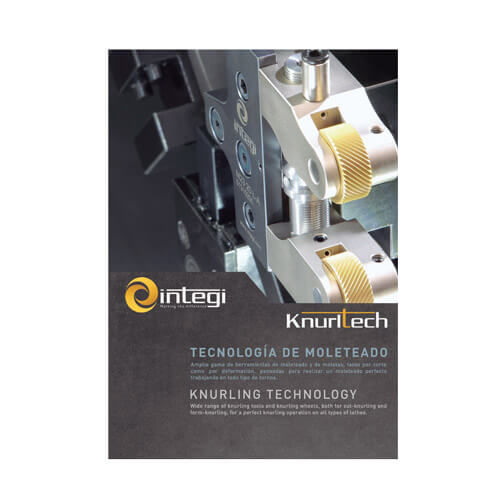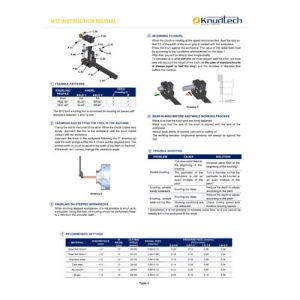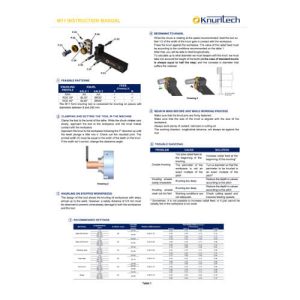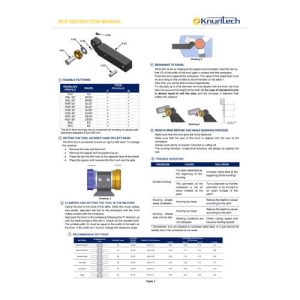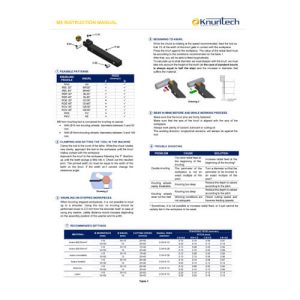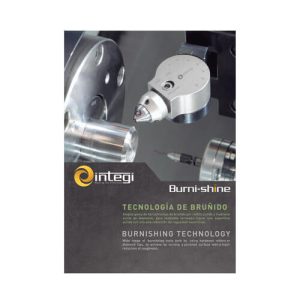Cut-knurling
In cut-knurling the teeth are generated by removing material. This type of knurling does not generate overstrain on the machine, and in many cases a higher quality and more accurate knurling is obtained.
The tools used for this knurling technique fit knurls with a 30˚ angle in relation to the rotation axis of the piece. Due to this inclination, the knurls cut the teeth while they are turning along the piece.
The cut-knurling system does not generate an increase in the diameter of the machined piece, as in theory the material is not deformed. Although it must be stated that there is always a slight displacement of the material that even though it is not of the same magnitude as that generated by form knurling, it must be taken into account when the piece to be made requires a certain precision in the final diameter.
This knurling system is not applicable in all cases. Only RAA, RBL, RBR and RGE profiles can be run with cut-knurling tools.
- Cut-knurling makes it possible to execute thin walled tubular pieces, whereas with form knurling it is impossible.
- When the material to be knurled is not deformable as plastics, nylon, cast iron.

